Whispers in the Hills: Discovering the Magic of The Fairy Glen, Isle of Skye
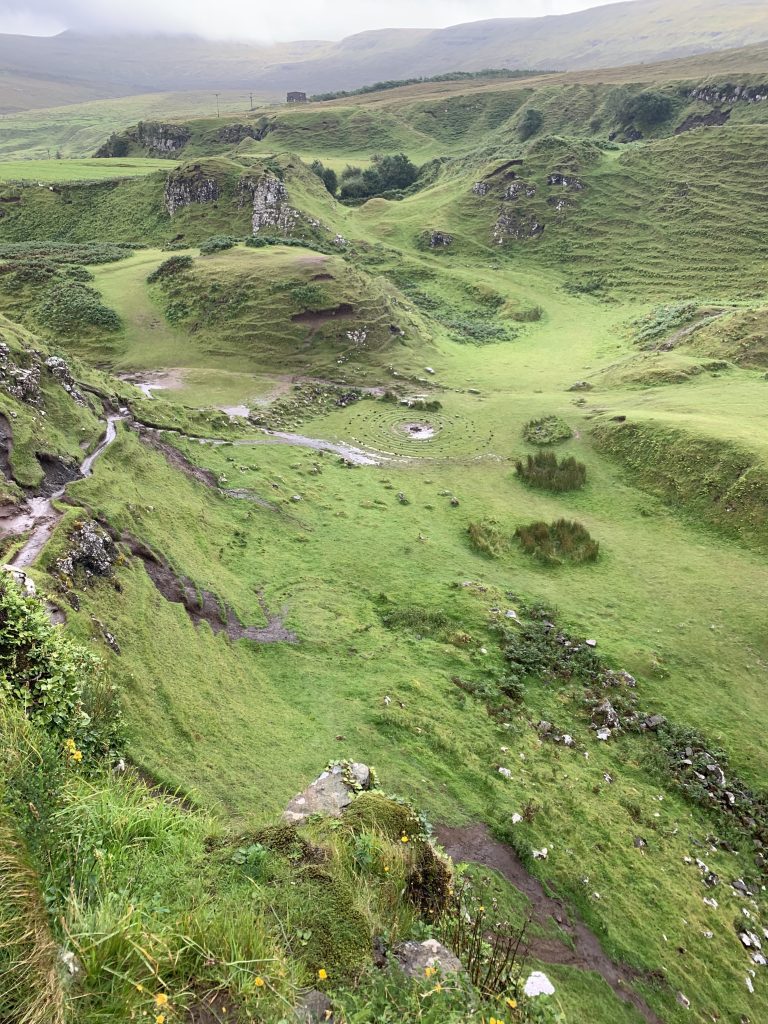
In August 2019, I wandered into one of the Isle of Skye’s most enchanting landscapes—The Fairy Glen. Tucked away near the village of Uig on the island’s northern Trotternish Peninsula, this surreal valley felt like stepping into a dream. Cone-shaped hills, moss-covered mounds, and a curious basalt outcrop known as Castle Ewen rise from the earth like something conjured from folklore. And while there’s no historical record of fairies living here, the land itself seems to insist otherwise.
🌿 A Landscape Sculpted by Nature—and Imagination
The Fairy Glen, or Bail nan cnoc in Gaelic (“village of the hills”), was formed over 100,000 years ago by post-glacial landslides. Torridonian sandstone and basalt were shaped by erosion into a miniature landscape of ridged mounds, lochans (small lakes), and spiraling paths. The result is a place that feels deliberately designed—like nature’s own sculpture garden.
Castle Ewen, the most prominent feature, resembles a crumbling medieval fortress but is actually a natural basalt outcrop. Climbing to the top offers panoramic views of the glen and surrounding farmland, though the final scramble is steep and best tackled in dry weather.
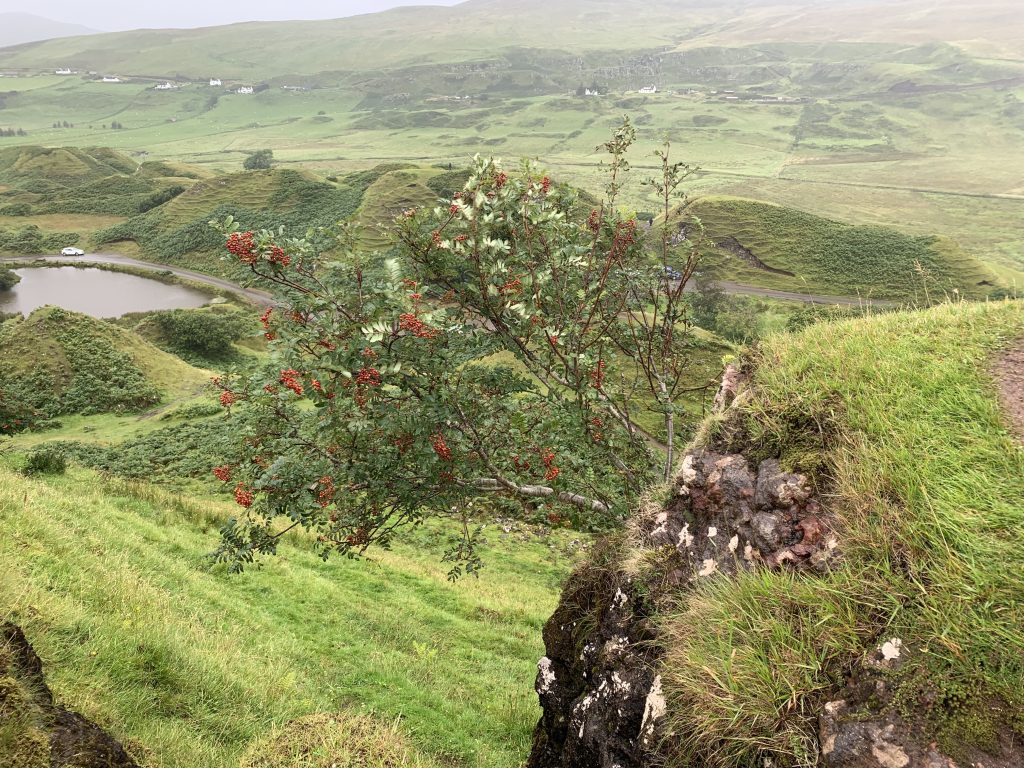
🏞️ Surrounding Area: Uig and the Trotternish Loop
The Fairy Glen lies just south of Uig, a coastal village known for its ferry port and sweeping views over Loch Snizort. Uig is a gateway to the Outer Hebrides and a quiet base for exploring northern Skye. From here, the 80-kilometer Trotternish Loop winds past some of Skye’s most iconic sights, including the Quiraing, the Old Man of Storr, and Kilt Rock.
The road to the Fairy Glen is narrow and winding, branching off from the A87 near the Uig Hotel. It’s best visited early in the morning or late in the afternoon to avoid crowds, and while there’s no entrance fee, parking is limited and modestly priced.
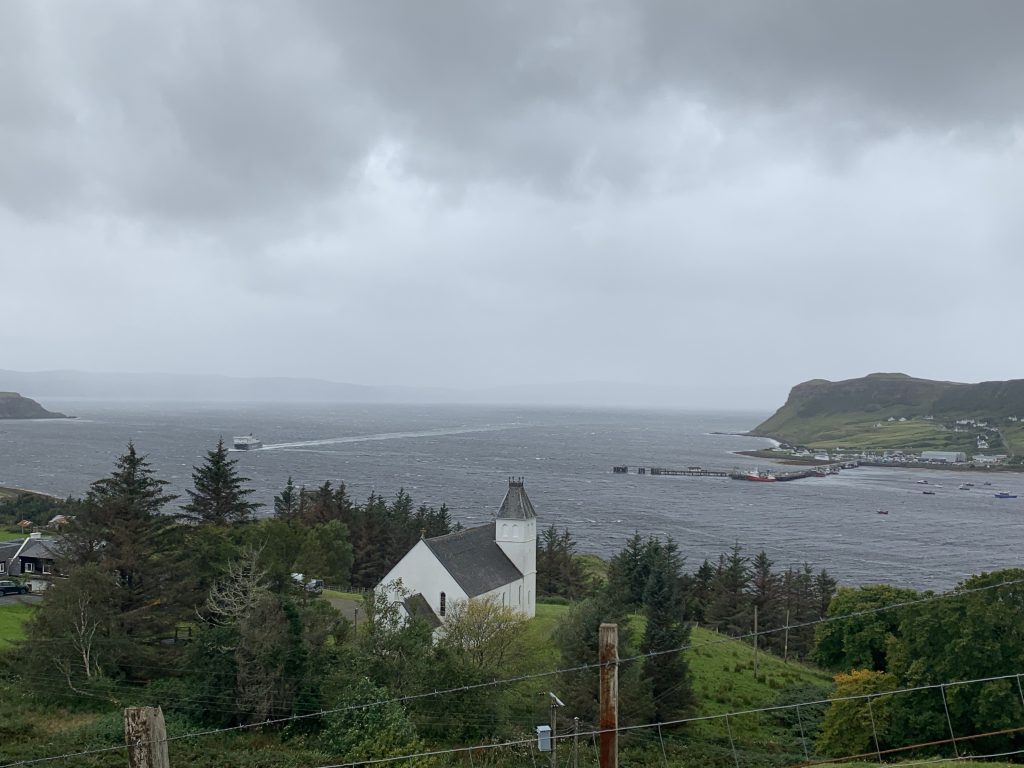
🧚 Folklore and Significance
Though no specific legends tie fairies to this glen, the Isle of Skye is steeped in tales of the fair folk. In Highland tradition, fairies were believed to guard waterways, lochs, and sacred places. The lochans scattered throughout the glen, combined with its whimsical topography, have long inspired stories of magical beings and ancient rituals.
The Picts, early inhabitants of Scotland, left behind carved stones across Skye that suggest a belief in magic and polytheism. The Fairy Glen’s spiritual allure may well date back to these ancient times, when the land was seen as a living entity, full of mystery and power.
Visitors today often leave stone spirals or offerings, though local conservationists ask that the landscape be left untouched to preserve its natural beauty. The glen’s magic lies not in what we add to it, but in what it reveals when we simply listen.
The Fairy Glen is more than a scenic stop—it’s a place of quiet wonder, where geology and mythology meet. Whether you believe in fairies or not, the glen invites you to suspend disbelief, to wander slowly, and to feel the pulse of an ancient land that still whispers its secrets to those who walk its paths.
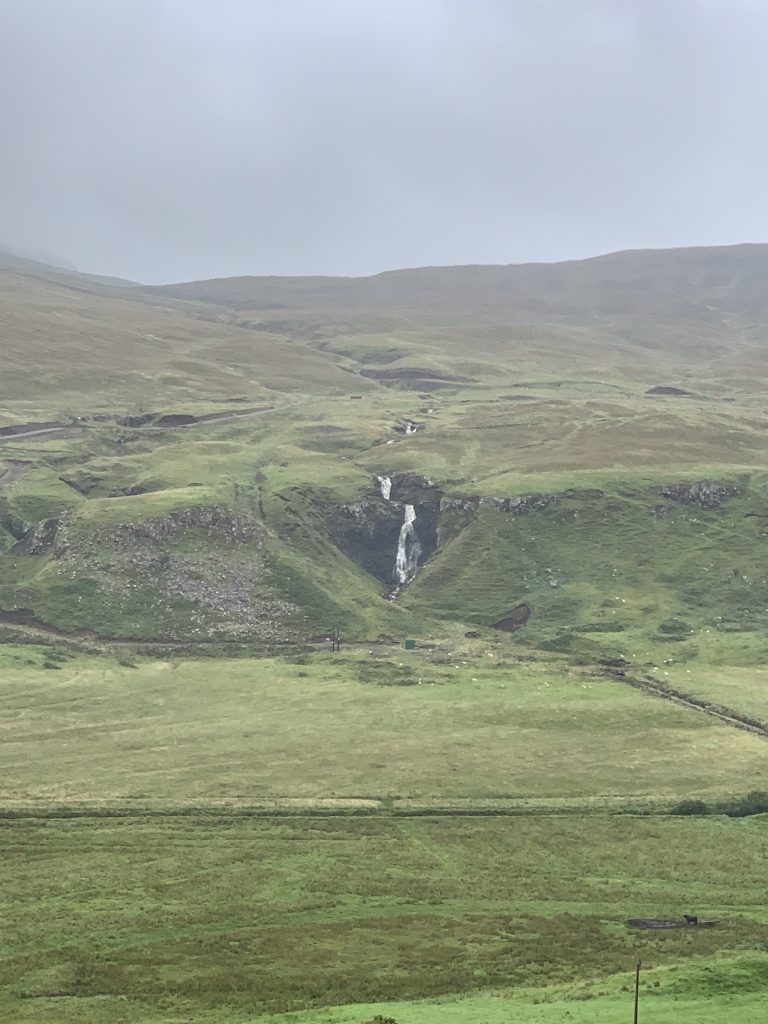
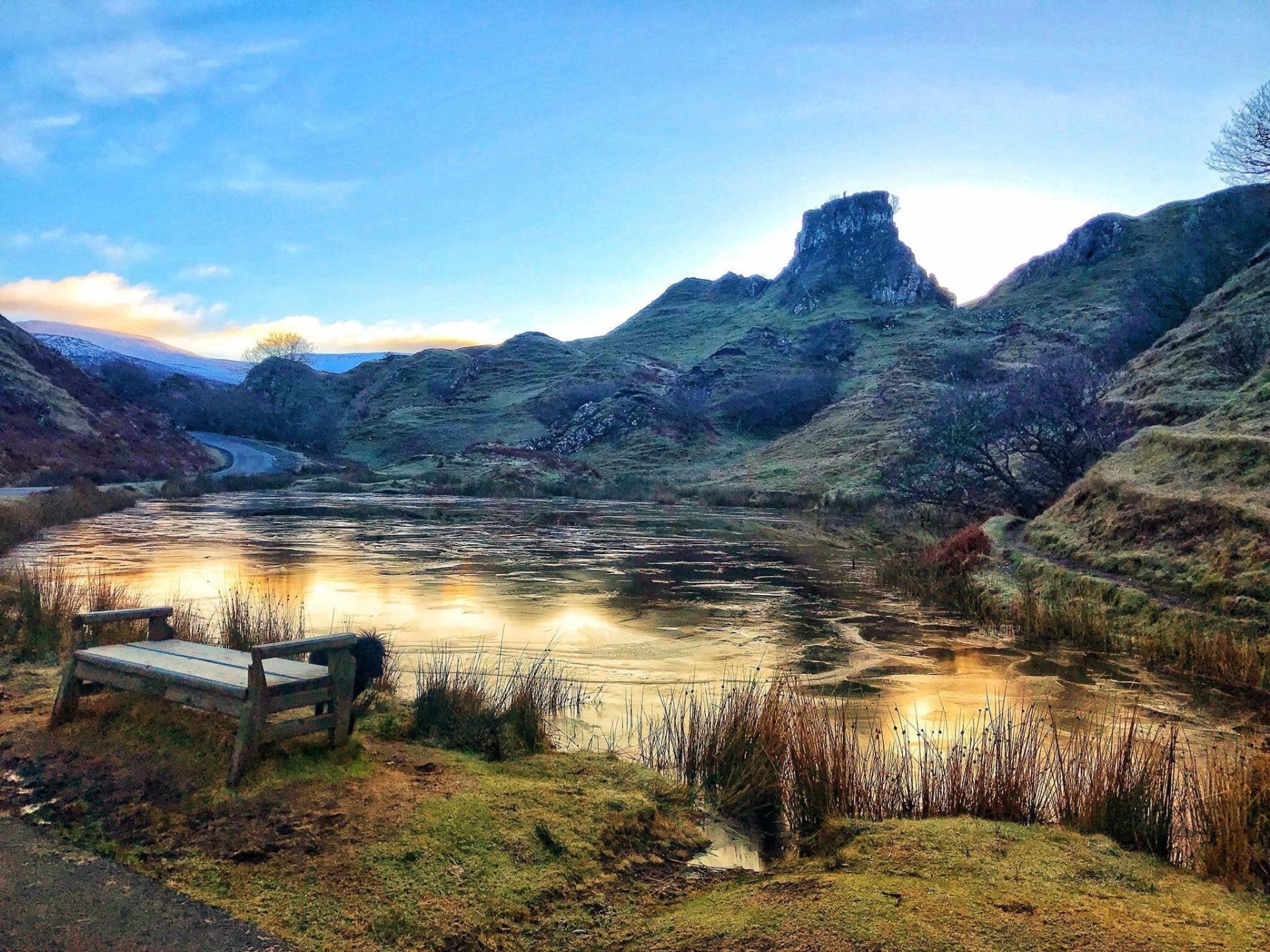
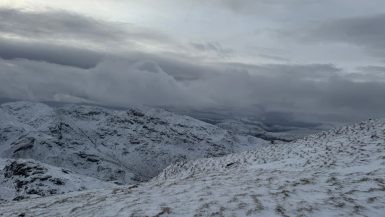
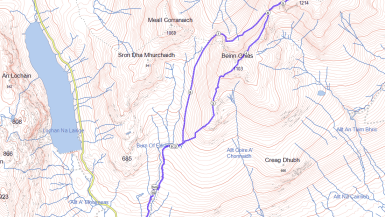
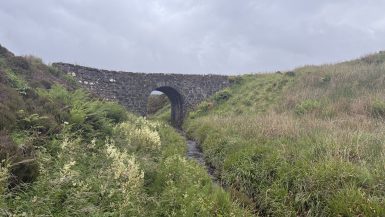
Leave a reply
You must be logged in to post a comment.